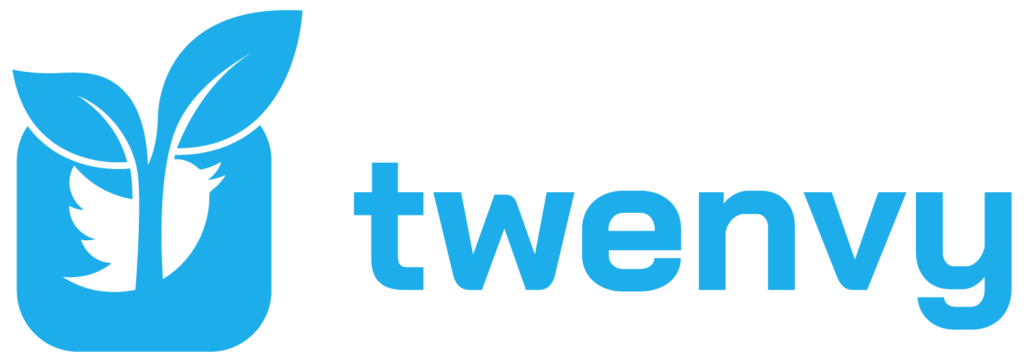Nowadays, you can connect with your family, friends, colleagues, and even clients through a lot of social media platforms. Twitter is just one of them. It allows you to be concise, interactive, and quick through short messages. These messages are called tweets. They are accessible to your friends and followers on Twitter and are uploaded to your Twitter profile. Tweets can be in the form of text, video content, pictures, links, or a combination of these things.
Other than personal use, the Twitter account can be used for promotional purposes as well. You can create a business Twitter account to search for and engage potential customers. Twitter blog posts can be one way to attract Twitter followers. Another way can involve running Twitter ads. This article gives a comprehensive overview of utilizing your Twitter page to promote your blog.
Table of Contents
Is Twitter a Good Fit for Your Blog?

A blog is usually defined as a website, web page, or subsection of a website. It is kept up-to-date with the most recent information and features mostly two-way communication. A blog for Twitter can be for personal use or for business goals. You can use Twitter as part of your social media strategy to promote your blog for multiple reasons.
- Connect with Potential Customers
Twitter offers you a unique opportunity to increase your follower count. You can continuously monitor the engagement patterns and interest of the consumers in your content and gain feedback about your blog and product.
- Increase Visibility
Another benefit of using Twitter for your blog is to gain visibility. With more Twitter followers, you can maximize your reach. An increased reach means more people are reading, liking, commenting, or even retweeting your blog.
- Collaborate with Brands
You can connect with and collaborate with brands in your niche. Providing user-generated content to different brands via your blog can be one way of doing so.
- Monetize Your Blog
You can monetize your blog on Twitter through brand sponsorships and collaborations.
- Enhanced Traffic to Your Blog Site
When you attach the link to your blog post in tweets, people will automatically click on it if they find the content of the tweet interesting and engaging. This will direct traffic to your blog site or webpage.
- Two-way Communication
Twitter allows you to communicate with your followers or customers beyond your blog. You can interact with them on a personal level, which is a sustainable way of promoting brands.
Steps to Create a Twitter Account
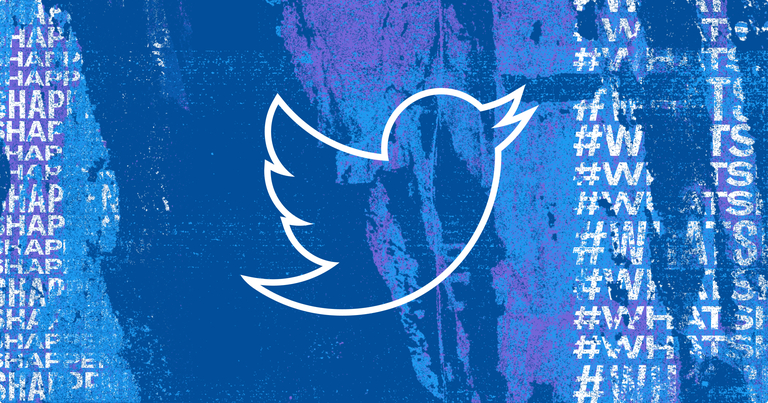
Creating a Twitter account is not a difficult task. You can follow the procedure given below to create your Twitter account.
Step 1
Open twitter.com/signup.

Step 2
Click the “Sign Up” button.
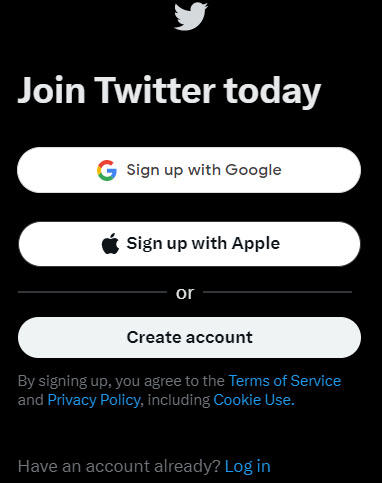
Step 3
A “Create your account” pop-up box will be displayed. Twitter guides you through the whole sign-up process. You will be expected to provide basic information, like your name and email address or phone number.
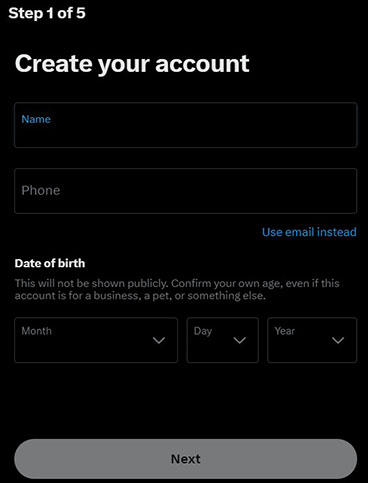
Step 4
To verify your email address, Twitter will immediately send an email containing instructions to your provided email address.
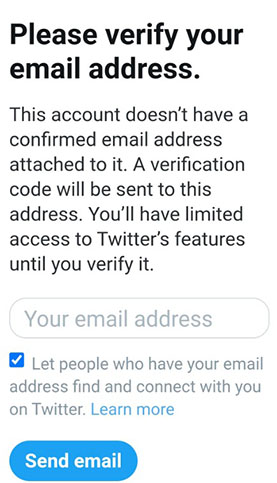
Step 5
If you provide your phone number when signing up, Twitter will send you a text message with a verification code.
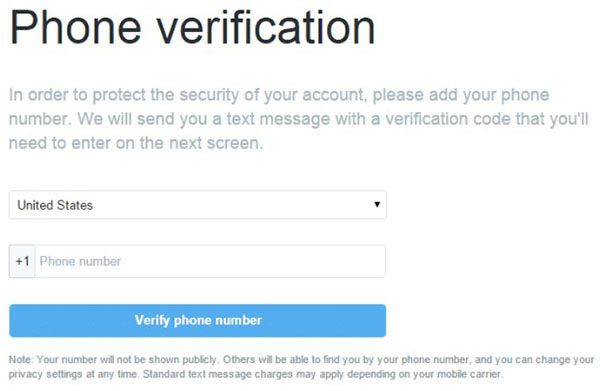
Step 6
Click Next once you finish entering the required information.

Step 7
To keep tabs on where you view Twitter material online, select this option in the pop-up menu titled “Customize your experience,” and then click “Next.”
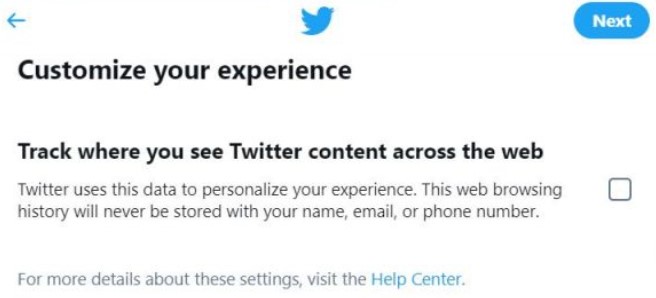
Step 8
Find out how to customize your new account preferences.
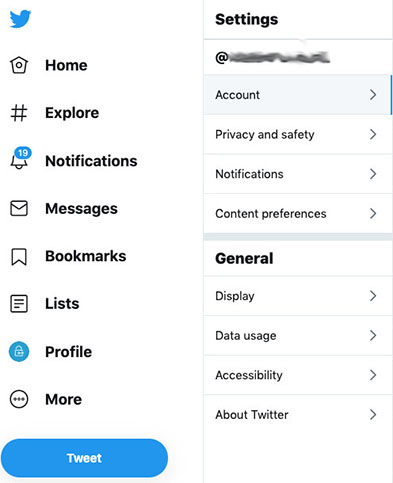
You can sign up for Twitter from both a Google and an Apple account.
Tips for Setting Up Your New Twitter Account
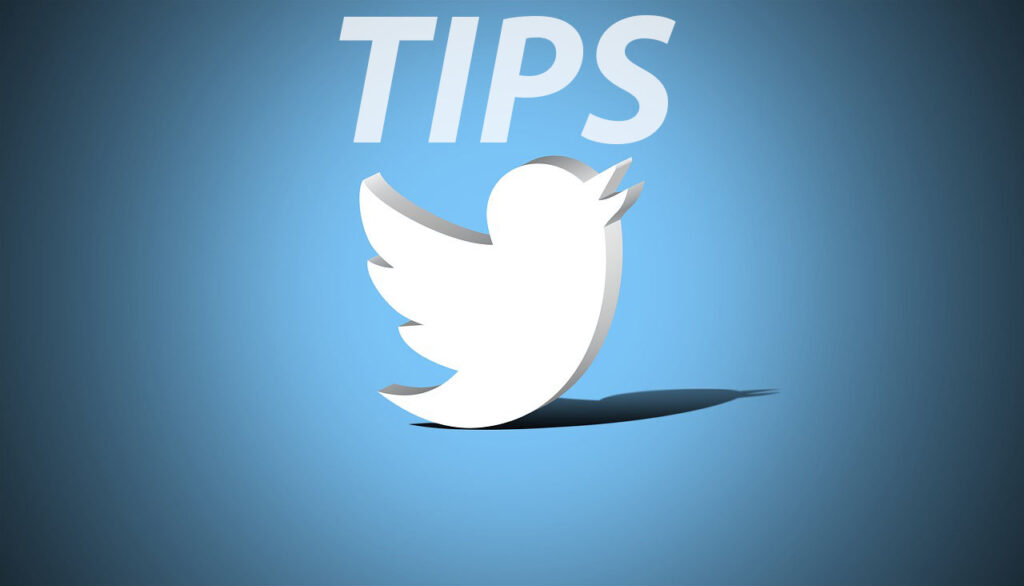
Signing up for Twitter is the first step. To make your Twitter page attractive, you need to have a suitable social media strategy. As a beginner, you can follow these tips:
Pick a good username
Your user name, also known as your “Twitter handle,” is your first impression for followers. As a result, it must be highly relevant to your business and make sense to the readers.
Draft a bio that sums up your company
Twitter allows you a limited number of characters to introduce your company or business. Make sure you utilize this space effectively.
Add an eye-catching photo or graphic
Visual content is always tempting for Twitter users. You should use a picture or graphic that demonstrates the best interests of your company.
Send out your first tweet as an introduction
It is important to let people know what your Twitter page is about. Your first tweet should give some information about yourself.
Follow individuals who are interesting and relevant to you
Do not randomly follow everyone. Connect with the relevant people to gain insights into your area of expertise as well as find potential customers.
Let your friends and family know you’re on Twitter
Family and friends can help you increase your Twitter followers and promote your brand.
Acquire the right tools
Try to get all the tools you need to keep track of, interact with, and get more followers who will interact with your tweets.
Make your first Twitter list
You can sort out the people you are following into different lists based on their expertise, industry, etc.
Search topics for later use
You can save any topic you’re interested in on Twitter’s “Discover” tab and see the results in real time whenever you want.
Connect with your points of contact
You can link your website to your Twitter account to increase traffic to your website.
Lastly, do not overlook the importance of preparation!
Twitter Terminology You Should Be Familiar With
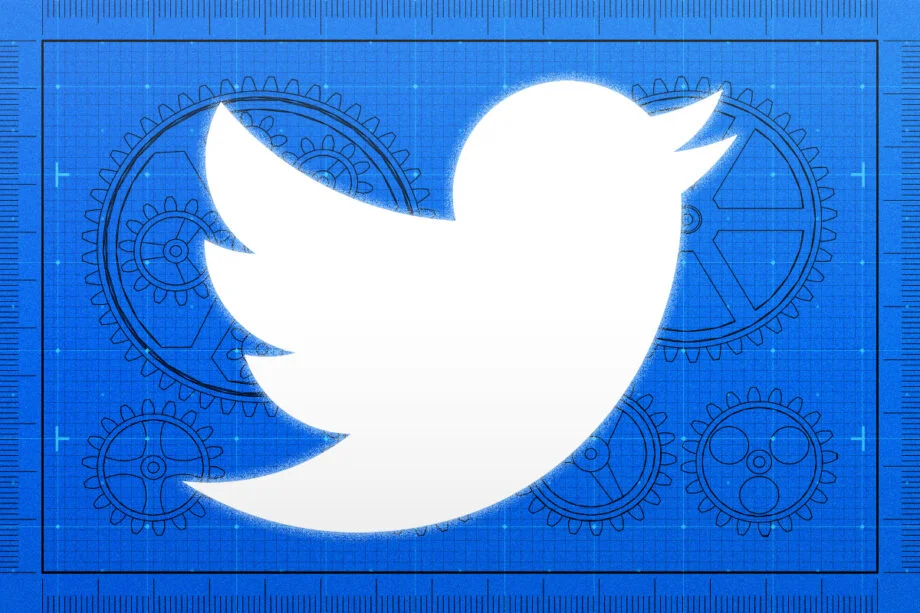
Twitter uses specific terminology for specific functions. It is important for you to be familiar with some basic terms and their functions. These are:
- # (hashtag): You can read or follow the topics using the same keyword if you click on the # used before any word.
- @: Use @ to mention different Twitter handles in your tweets.
- Activity dashboard: Twitter provides an analytics tool to monitor your tweets and the user’s interaction with them.
- Bio: In your bio, you can define your persona in 160 characters.
- Direct messages: If you want to send private messages to individuals or groups, you can use the option of DMs.
- Mention: If someone mentions you in a Tweet or vice versa. Always use @ to tag someone.
- Trends: A topic or hashtag that is popular at any particular moment, determined by Twitter algorithms, is called a trend. Users can customize trends by setting their location and following preferences.
- Tweet (noun): A Tweet is a short post that has a maximum of 280 characters and may contain not only text but also GIFs, photos, and videos.
- Tweet (verb): The act of sending a Tweet.
- Top Tweets: Those Tweets that the Twitter algorithms rank higher in the search queries are called “Top Tweets.”
- Twitter Polls: You can create a poll on Twitter for other people’s views and instantly see the results. You can also participate in others’ Twitter polls.
- Pinned Tweets: Tweets that are always displayed at the top of your profile.
- Quote Tweet: Inserting your own views before quoting someone else’s Tweet is called “Quote Tweet.”
- Verified account: A blue check mark shows that a Twitter account belongs to a professional or public figure.
- Username: The username is your identification, immediately preceded by @.
- Who to follow: An automatically generated list of accounts is based on the existing list of accounts you are following.
Conclusion
Is Twitter a blog? Well, Twitter is not exactly a blog, but it can serve as a great platform to promote your blog. You can include excerpts from your blog in your tweets as well as links to your webpage. This will direct traffic to your relevant site. You can also create a business Twitter profile.
Using Twitter for your blog has multiple benefits, like engaging with like-minded people, reaching out to potential customers, and monetizing your blog.
- How to Get Twitter (X) Followers Fast - March 7, 2024
- How to Increase Twitter (X) Engagement: Get More People to React to Your Content - March 7, 2024
- What Are the Limitations of Twitter? - October 5, 2023
